When designing home-use and clinical oral-care devices, selecting food-grade materials is critical to reducing gum irritation. Not only does it prevent chemical residues from damaging mucosal tissue, but it also boosts regulatory compliance and trust across global markets. Below, we explore six ways in which food-grade materials safeguard gum comfort and safety.
First, common sources of gum irritation include:
Eliminating these factors is the first step in preventing gum irritation.
Next, food-grade materials offer inherent benefits:
Together, these characteristics greatly reduce chemical and biological triggers of gum irritation.
In product development, manufacturers should adhere to:
This rigorous screening guarantees a safe material foundation.
Simultaneously, design details further alleviate gum stress:
By combining soft interfaces with precise engineering, devices minimize mechanical gum irritation.
Adopting food-grade materials also drives commercial benefits:
This “safety + compliance” approach accelerates market expansion.
Finally, looking ahead, food-grade materials can power new capabilities:
These innovations will deepen the role of food-grade materials across the oral-care device landscape.
Conclusion
By rigorously selecting food-grade materials and enforcing strict design and testing standards, B2B manufacturers can effectively eliminate gum irritation, elevate compliance, and build market trust. In the face of rising industry demands, only end-to-end material and design optimization will distinguish products in a competitive marketplace. Contact us to explore the next generation of food-grade oral-care solutions!
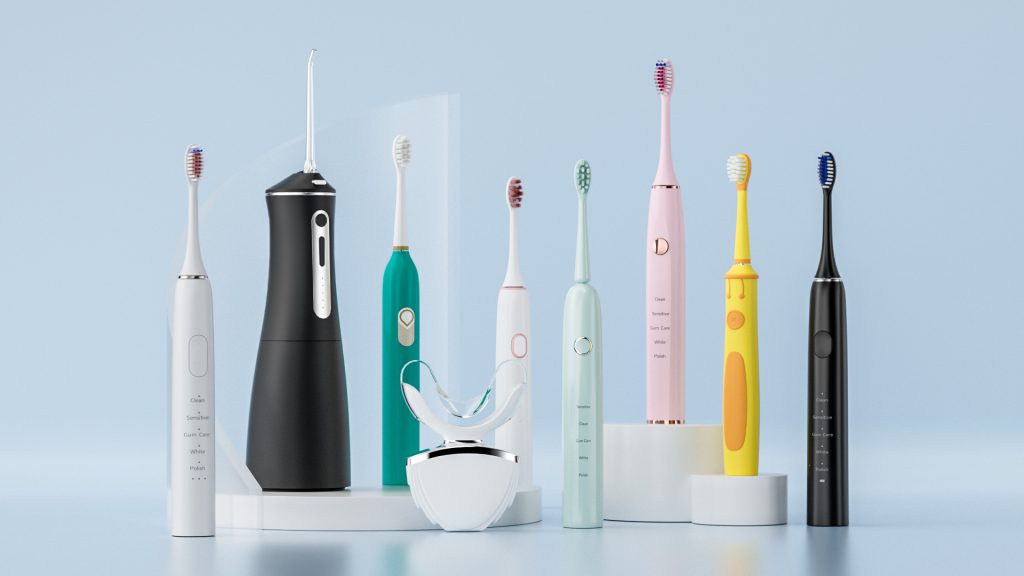
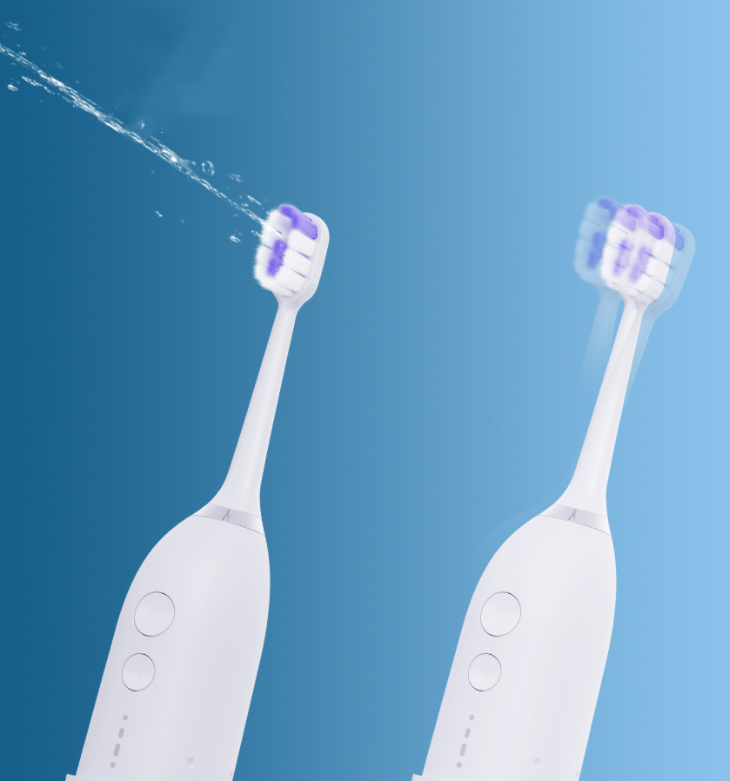
A Guide to the Pros and Cons of Two-in-One Electric Toothbrushes and Oral Irrigators
PowSmart’s Commitment to Quality: What Sets Our Oral Care Products Apart
-2-scaled.png)
The Scientific Principle of Red and Blue Light Teeth Whitening Device: How Can 460nm Blue Light and 630nm Red Light Safely Whiten Teeth?
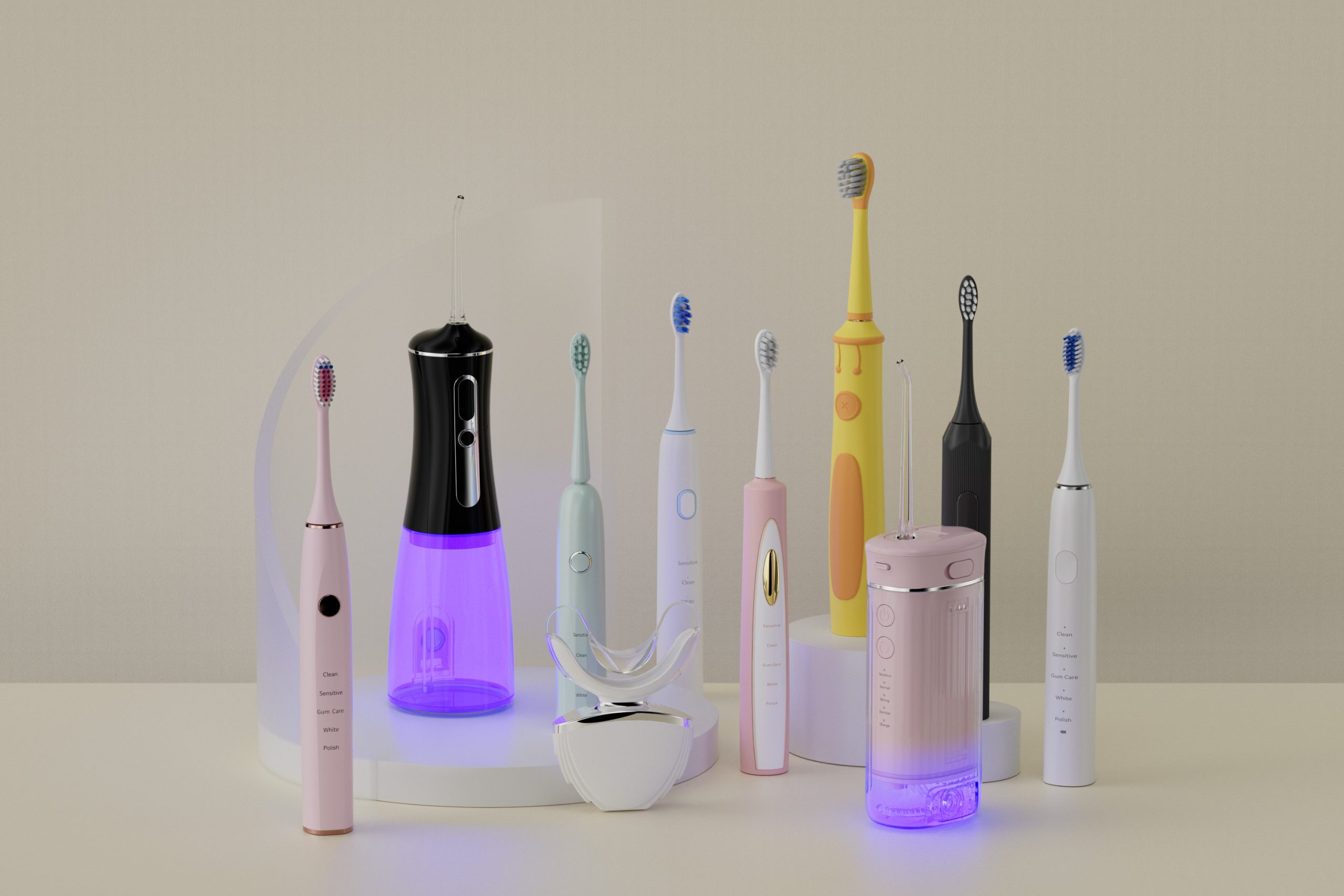
Oral Care Industry: How to Expand the Global Market?

Why Does the Oral Irrigator Make Abnormal Noise After Being Used for a Period of Time?
.jpg)
How RV long-life battery defines RV power toothbrush reliability

Analysis of Negative Reviews from Water Flosser Users: Factory-Side Solutions for Water Leakage, Loud Noise, and Unstable Pressure
Why Self-Developed Motors Matter in Electric Toothbrushes?
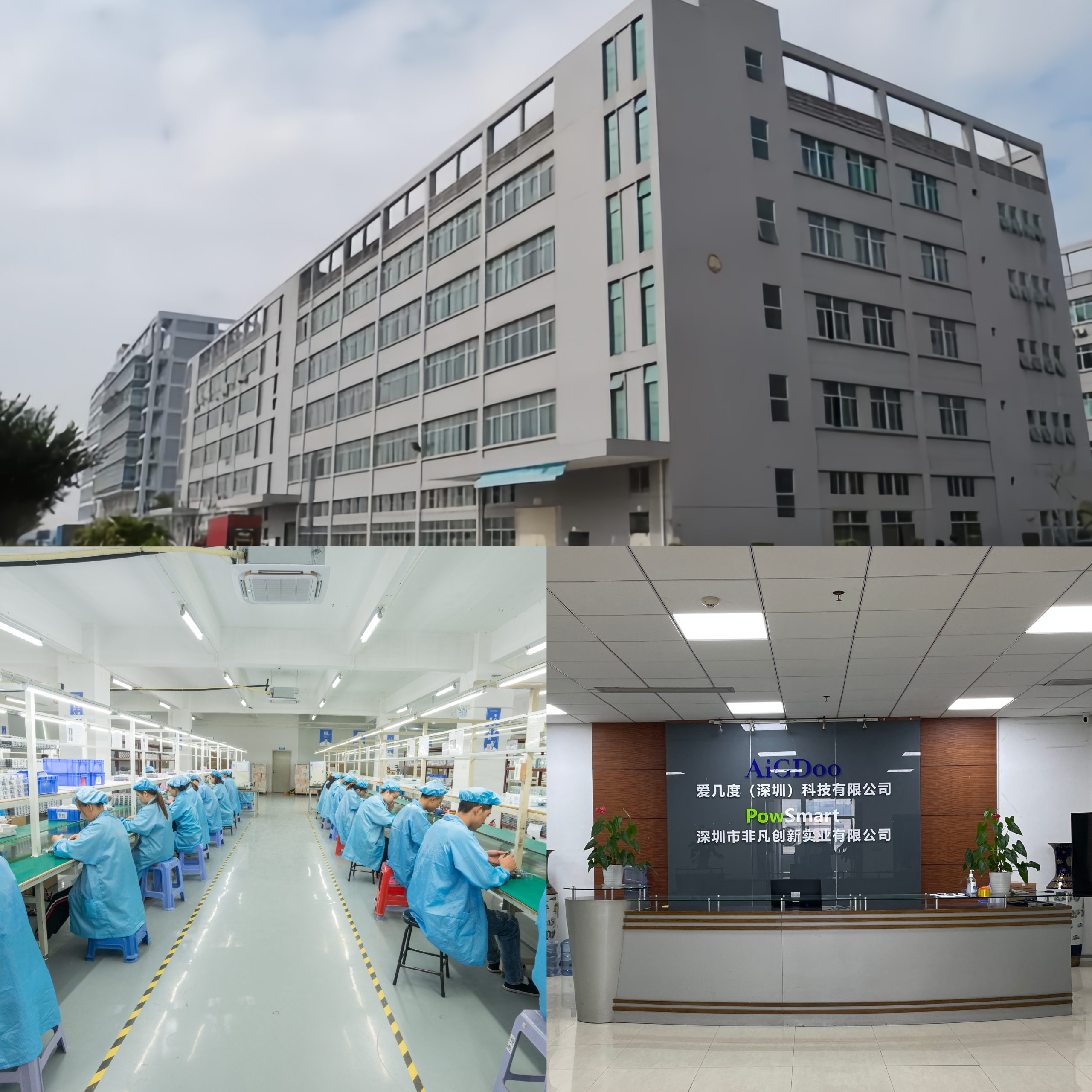
Electric Toothbrush OEM Must-Know Question: How Much Money Can the Existing Mold Library Save?
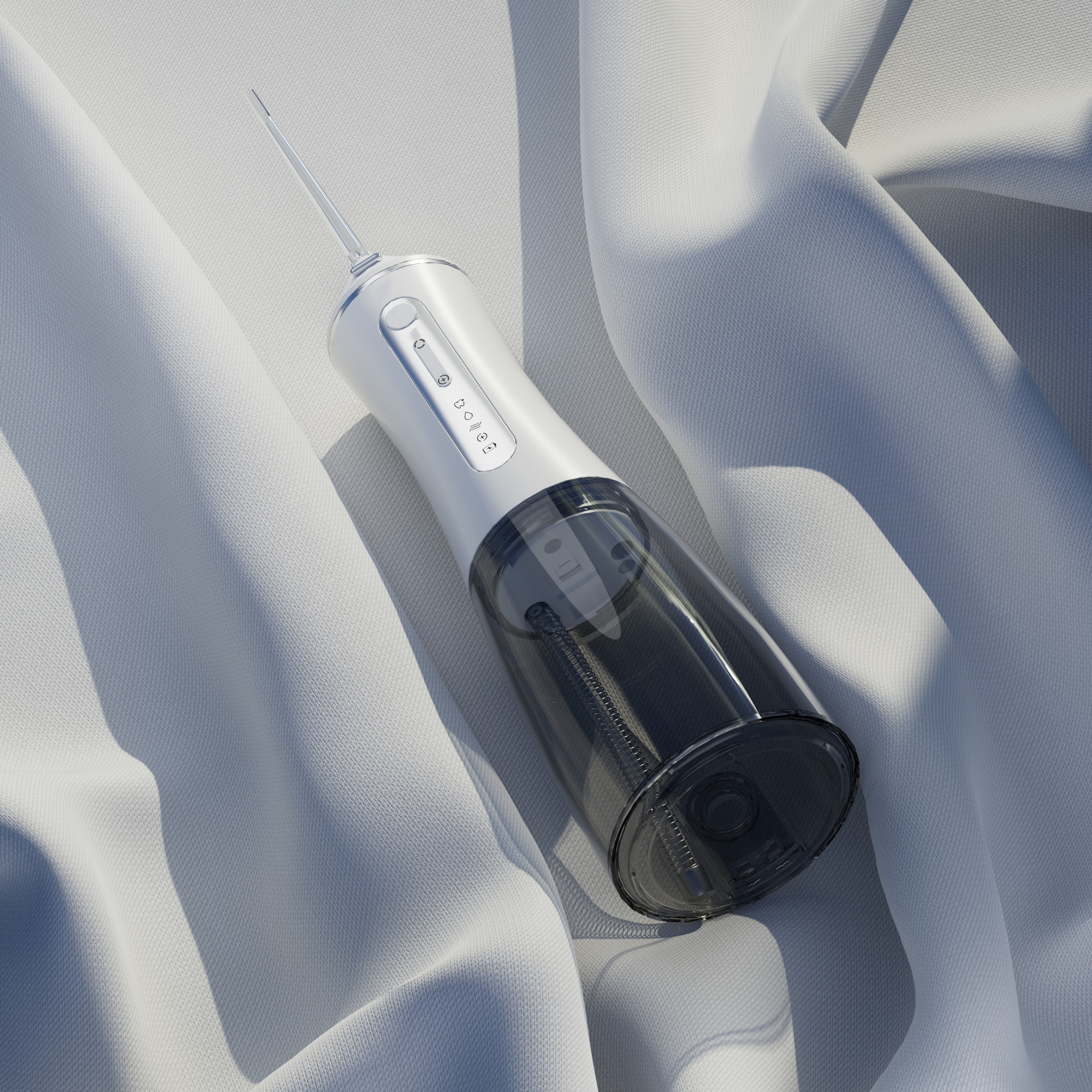
Travel Water Flosser Design: Power Compatibility, Storage & Waterproofing
How Crown Compatibility Aligns with Pressure Sensors Tech?
Child Compatibility Meets Cold Light Sensitivity: Safe?

Waterproof & Fast Charging? Inside High-End electric Toothbrush Charging Stations
Dental Care Electric Toothbrush for Grandparents
Pregnancy Contraindications and Chemical Burn Risks in Whitening: What You Must Know!
Why Are Battery Recycling Challenges Ignored Despite Gum Massage Inconsistency?
.jpg)
Florida Electric Toothbrush – Powsmart PTR-C8

Private Label Whitening Gel

electric toothbrush heads Deep Clean

Electric toothbrush heads Charcoal Infused-Diamond

Customization Teeth Whitening Gel

electric toothbrush heads Ultra Soft

electric toothbrush heads Charcoal Infuse-Round

electric toothbrush heads Regular Clean
whstapp
whstapp
National Toll-Free Service Hotline
+86 755 86238638